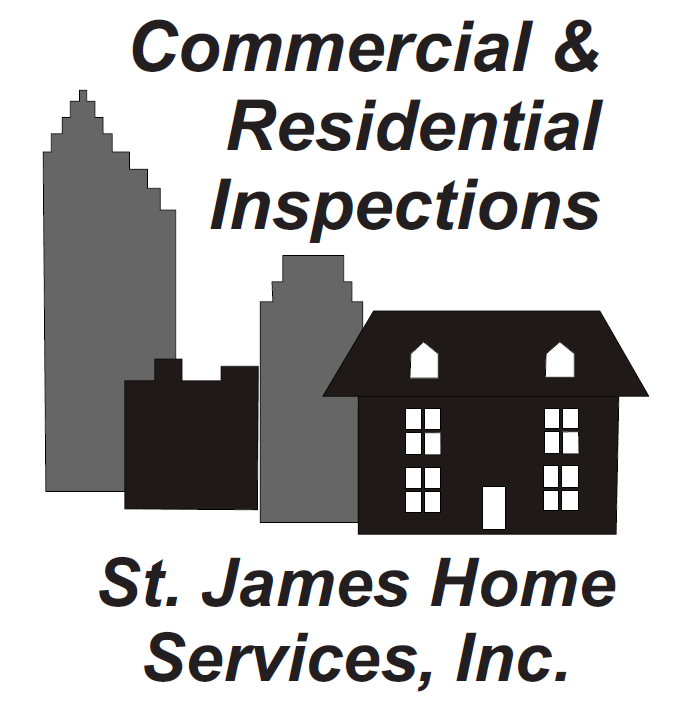Bringing a new baby home is an exciting time, but it also means taking a hard look at your house and figuring out how to make it safe for them. Suddenly, everything seems like a potential hazard! Don’t worry, you’re not alone. This guide will walk you through how to baby-proof your home, making it a safe and fun place for your baby to explore. Let’s get started!
Look from a Baby’s Eye Level
Get down on the floor to look for hazards. This is the best way to see the world from a baby’s perspective. What looks harmless from an adult’s height can be a major hazard for a crawling or toddling infant. Look for anything small enough to be swallowed, like coins or buttons. Electrical cords should be tucked away or secured with cord organizers. Furniture with sharp corners? Corner guards are your new best friends. Rugs that slide? Non-slip rug pads are a must-have. If you have stairs, a sturdy baby gate is non-negotiable. A determined baby can find danger where you least expect it.
Baby-Proof Your Home: The Kitchen
The kitchen is also a prime location for accidents. Cabinets and drawers within reach should be secured with childproof latches. Appliances like ovens and dishwashers can get hot, so consider installing appliance locks or shields. Keep knives and other sharp objects in locked drawers or high shelves. Store cleaning supplies and chemicals in locked cabinets or out of reach. Never leave hot liquids unattended, and always turn pot handles inward on the stove. And those dangling tablecloths? They’re an invitation for a curious baby to pull everything down.
The Bathroom: A Slippery Slope
Bathrooms are notoriously slippery. Non-slip mats in the bathtub and on the floor are crucial. Toilet locks prevent curious hands from exploring the depths of the toilet bowl. Medicine cabinets should be locked, and all medications should be stored out of reach. Adjust the water heater to a maximum of 120 degrees Fahrenheit to prevent scalding. Bath toys should be cleaned regularly to prevent mold and mildew. And never, ever leave a baby unattended in the bathtub, even for a moment.
The Living Room: Entertainment Center of Danger
The living room, often where families spend the most time, also presents its own unique set of challenges. Televisions, other heavy electronics, and mirrors should be secured to the wall to prevent tipping. Window blind cords are a strangulation hazard; opt for cordless blinds or keep cords out of reach. Fireplaces should be equipped with a sturdy screen or gate. Plants, while aesthetically pleasing, can be toxic if ingested. Research your plants and remove any that are potentially harmful.
The Nursery: A Haven of Safety
The nursery should be the safest room in the house. Confirm that the crib meets current safety standards. Keep the crib free of pillows, blankets, and stuffed animals, as these pose a suffocation risk. The mattress should fit snugly in the crib. Secure dressers and changing tables to the wall. A baby monitor is a great tool for keeping an eye on your child while sleeping, but it’s better to supervise in person when awake and playing. And that cute mobile? Make sure it’s out of reach once your baby starts to sit up.
Baby-proofing your home creates a safe space where your child can explore and grow. Remember that babies are curious and resourceful. No matter how well you baby-proof, constant supervision is crucial. Your baby-proofing needs will evolve as your child grows, so stay vigilant and adaptable.
Baby-Proof Your Home FAQs
When should I start baby-proofing my home?
The best time to start baby-proofing is before your baby is born. This gives you ample time to make the necessary changes and ensures you’re prepared when they start to explore.
What are the most common baby-proofing mistakes?
Common mistakes include overlooking small hazards, failing to secure heavy furniture, and neglecting to install safety gates.
Are there any eco-friendly baby-proofing products?
Yes, many companies offer eco-friendly baby-proofing products made from sustainable materials. Look for products labeled as non-toxic and BPA-free.
How do I know if a baby gate is safe?
Look for baby gates that meet safety standards set by the Juvenile Products Manufacturers Association (JPMA). Make sure the gate is sturdy and properly installed.
Can I baby-proof my home on a budget?
Absolutely! Many baby-proofing solutions are affordable. Focus on the essential items first, such as cabinet latches, outlet covers, and safety gates.
St. James Home Services provides inspection services in Durham, Alamance, Caswell, Chatham, Franklin, Orange, Person, Vance, and Wake Counties. If your area is not listed, please contact us and make an appointment.

